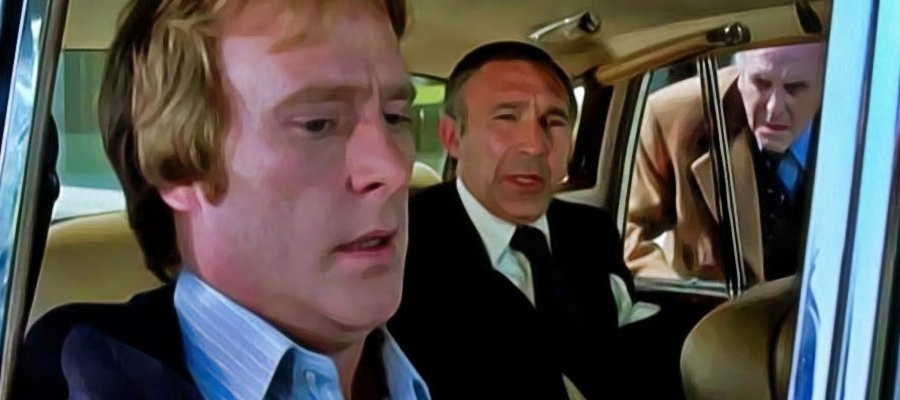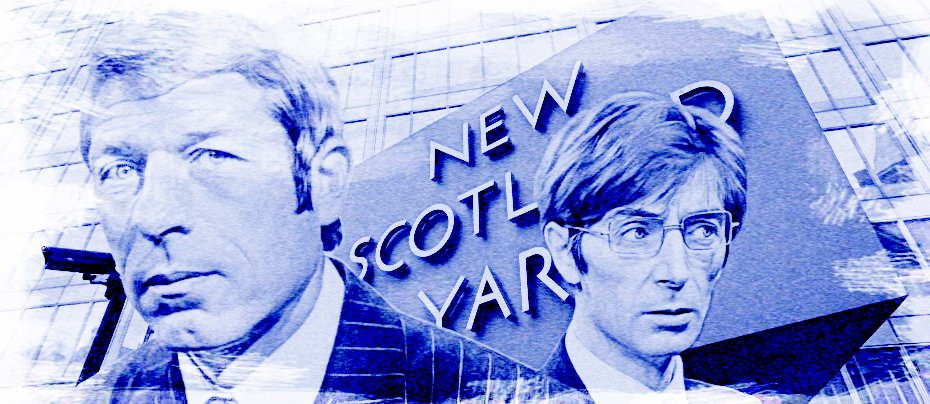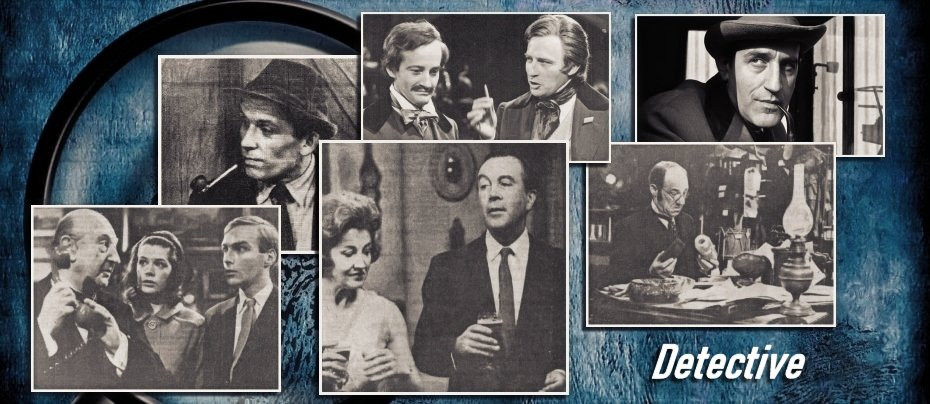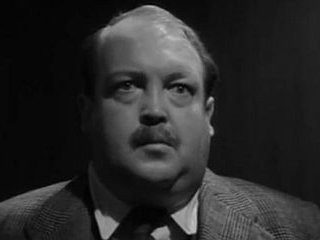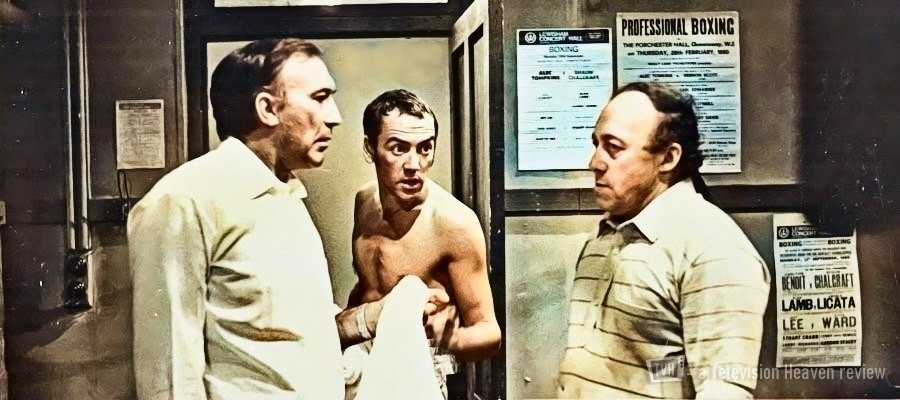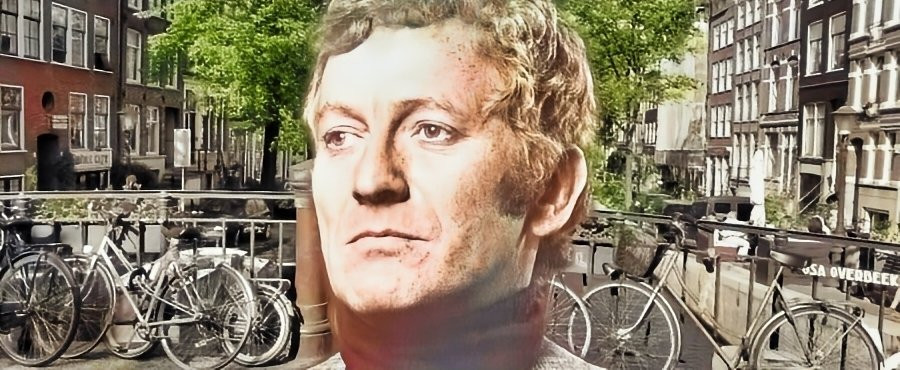
Who, Me?
1959 - United KingdomWritten by Colin Morris and produced and directed by Gilchrist Calder, Who, Me? - part drama, part documentary, follows an arrest that is made at night and explores what happens to three men who are held for questioning concerning a robbery at a tobacconist's shop. As a complete departure from the usual police procedural that viewers had become accustomed to, this one-off production concentrated wholly on the questioning of the suspects whilst in custody and the techniques employed by their interrogators. It drew a mixed reaction from the audience, some of whom found it 'very disturbing', but laid the template for the interview methodologies that would become more widely familiar in a later series - Z Cars.
Previous police procedurals had become somewhat formulaic by the early 1960s and were mainly set around the capital city, London. Scotland Yard which had its own 13-part series was the focal point for all of these shows and detectives such as Fabian and his like seemed to be the corps d ‘elite when it came to solving crime. These shows relied mainly on dramatized versions of Metropolitan Police crime files and even those that didn’t focus on the best of The Yard, such as Pilgrim Street, which featured the workings of a local police station, were set just a stones-throw from SW1. So, whilst London was presented as a hive of criminal activity, the regions (to Londoners at least) must have seemed virtually crime free. But all that was about to change.

Morris and Calder had already made a one-off ‘dramatised documentary’ about the intimidation of witnesses titled Tearaway, and it was during the research for Tearaway that they met Liverpool CID Detective Sergeant William Prendergast. According to the Radio Times (9 October 1959) ‘(he) gave us a lot of information and advice, and although he has now retired from the service, I looked him up on a recent visit to Liverpool and spent many evenings of laughter listening to him.’ The Radio Times described the former officer as ‘a man with a talent for acting and more than a touch of psychology of whom it was said that when he had interrogated a thief, the prisoner would leap into the dock and shout: “GUILTY”.’
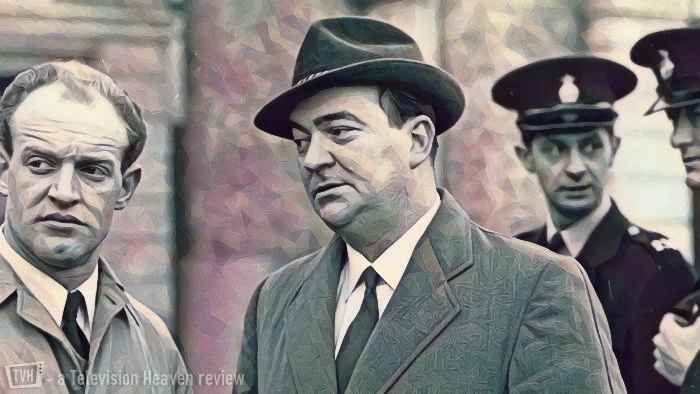
Prendergast was the key figure for supplying the story material for these two productions as well as the later Jacks and Knaves. He was renamed for Tearaway as DS Bulliver and for Who, Me? as Detective Sergeant Tom Hitchins (played by Lee Montague), the no-nonsense chief protagonist who, according to Susan Sydney-Smith, author of Beyond Dixon of Dock Green, ‘anticipates the aspects of the Barlow persona in Z Cars and is exemplary of a new way of creating character in using a little-known stage actor to play a living personality. ‘
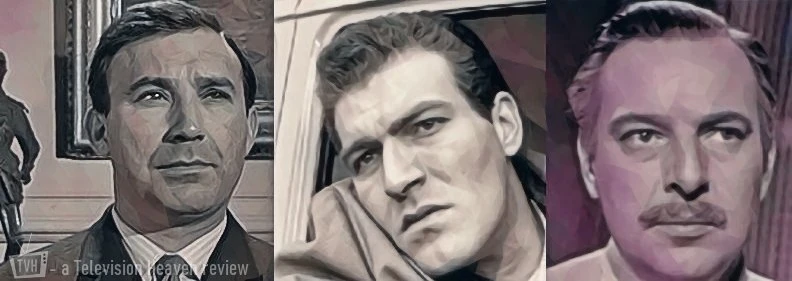
The audience reaction to the drama varied greatly with non-police viewers proclaiming it as either ‘sordid’, ‘dreary and drawn out’ or containing ‘far to too much bad language.’ One viewer stated, ‘if our police really act and speak like this then we should be ashamed and disgusted.’ However, this naivety was not shared by others. One letter to the Radio Times reminded those viewers that ‘the people being interrogated in the programme were already criminals with bad records.’ And one Met CID officer wrote ‘As I watched the story unfold, I found myself reliving again similar situations in which I have played a part, and the authenticity of the whole production was amazing.’ He went on to note that ‘Some people may object to what they saw and deprecate the subterfuge used, but they must realise that in dealing with a criminal successfully it is unavoidable.’ Another letter, from the Chief Constable’s Office, at Cornwall County Constabulary stated, ‘there is a paucity of films to instruct inexperienced officers in the police force. This documentary is really live education by any standards.’
With Tearaway, Who, Me? and Jacks and Knaves (which was repeated in March 1960, although it has now been lost to the archives), televised police drama had finally broken London’s monopoly of the genre. And what was to follow would keep audiences hooked right up to the present day.
Sources of Research: Beyond Dixon of Dock Green by Susan Sydney-Smith. Radio Times October1959 and March 1960. Special thanks to the Missing, Believed Wiped Facebook page for helping me identify the actors who were not listed in the Radio Times.
Seen this show? How do you rate it?
Seen this show? How do you rate it?
Published on May 12th, 2021. Written by Laurence Marcus for Television Heaven.


